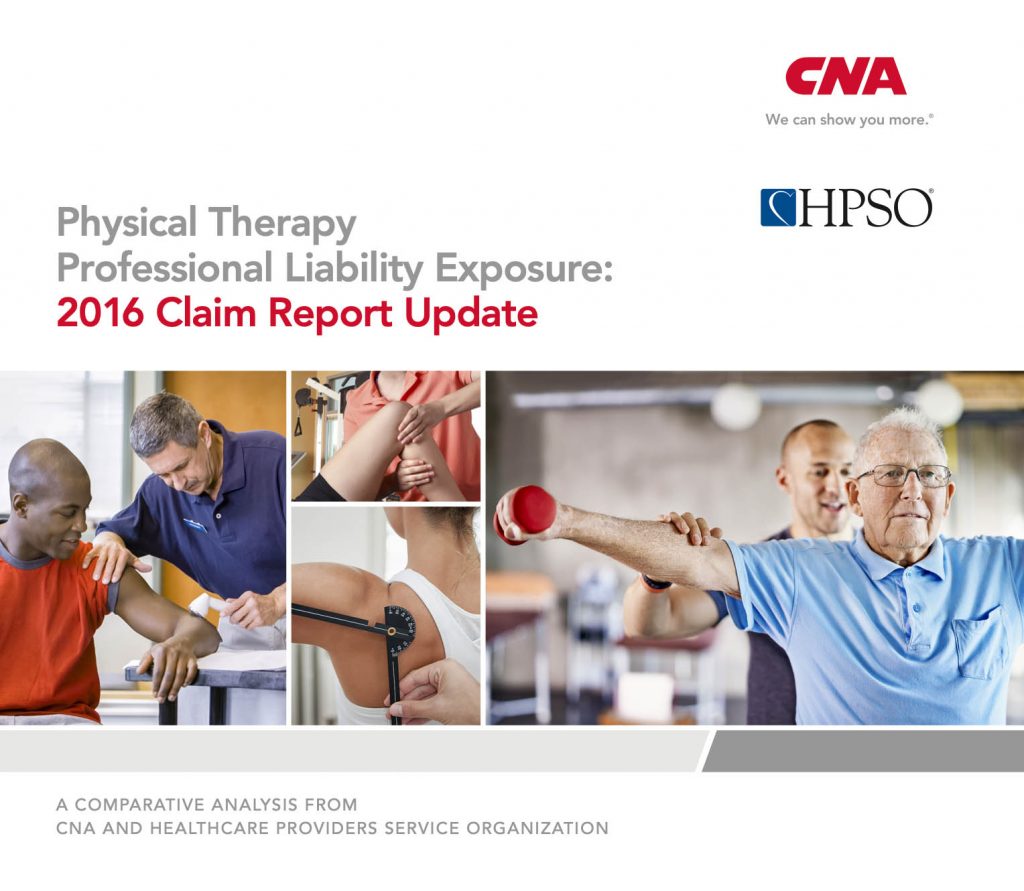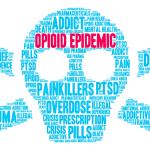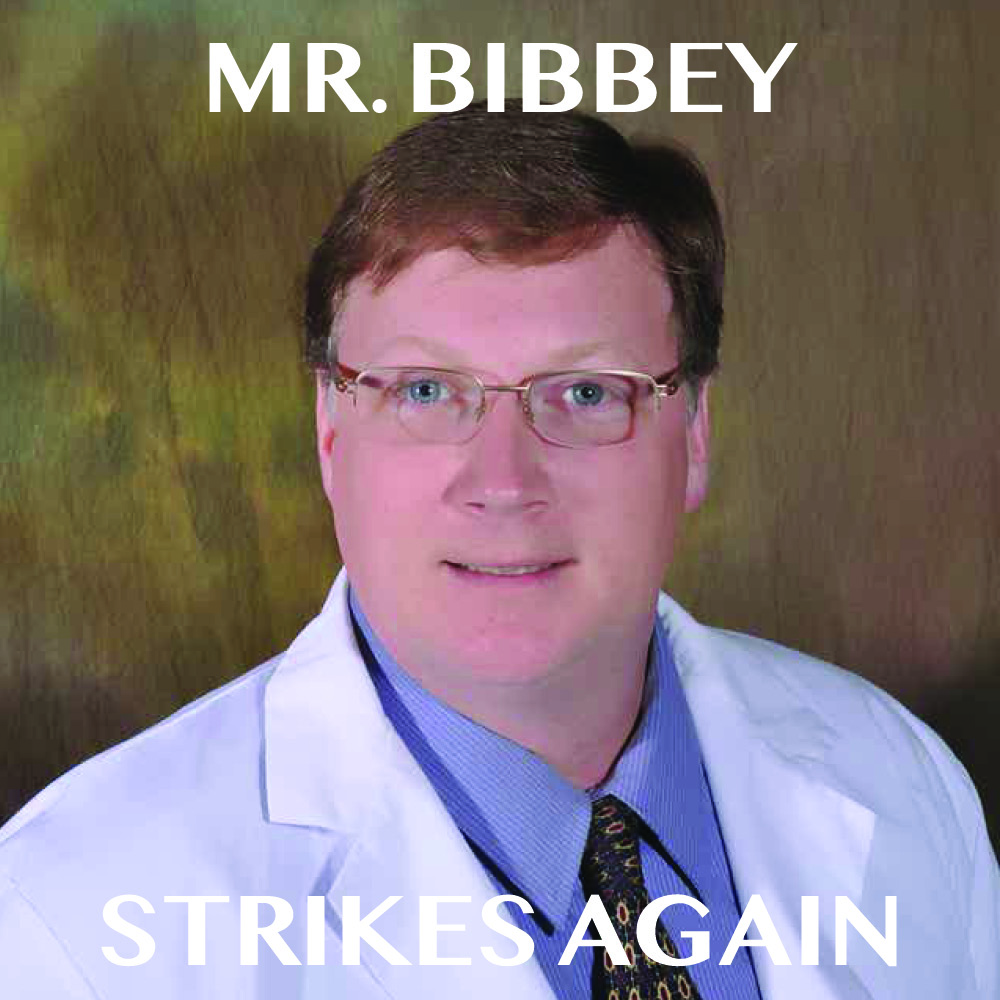In July 2018, Mr. David Bibbey was the main representative of the Florida State Oriental Medical Association (FSOMA) during Administrative Court Hearings before the Honorable Lawrence P. Stevenson regarding dry needling by Florida-licensed physical therapists. At that time, Mr. Bibbey was the treasurer of FSOMA and he had initiated the challenge by the FSOMA of a proposed dry needling rule by the Florida Board of Physical Therapy Practice. According to Mr. Bibbey, “allowing physical therapists to practice dry needling will take patients in need of acupuncture and desiring acupuncture away from licensed acupuncturists.” During the hearings, Mr. Bibbey admitted that he had never seen anyone practice dry needling, but “I’ve seen it on the computer, on — certainly on YouTube……” He acknowledged that he “watched Dr. Dommerholt on a YouTube video.” He was also quite sure that the “incidence of adverse events of dry needling [by physical therapists] is about triple what we see with acupuncture,” but when challenged whether he based his opinion on data from other states, he admitted that he was “not aware of any analysis that created data” to answer the question.
 On January 28, 2019, Judge Stevenson concluded in his final ruling that dry needling performed by physical therapists would neither
On January 28, 2019, Judge Stevenson concluded in his final ruling that dry needling performed by physical therapists would neither
- pose an increased risk of harm to patients nor
- cause patients to confuse dry needling with acupuncture.
On January 15, 2020, Mr. Bibbey published an opinion article in the Tallahassee Democrat entitled “Physical therapists should not practice ‘dry needling’ without proper training” in which he repeated several of his unfounded claims in spite of a court ruling to the contrary. Two bills (HB 467 and SB 792) have been introduced in Florida in favor of allowing physical therapists to begin dry needling in 2020. In this article, Mr. Bibbey once again suggested that Florida patients would be at increased risk for injury if and when physical therapists can perform dry needling in Florida. In a similar fashion as the 2018 court case, he did not offer any substantial support for his opinion.
 Mr. Bibbey quoted the “Physical Therapy Professional Liability Exposure: 2016 Claim Report Update” published by the Healthcare Providers Service Organization, a malpractice insurance company endorsed by the American Physical Therapy Association. According to Mr. Bibbey, “dry needling was identified as an “emerging risk exposure” due to an increasing number of claims alleging patient harm due to “lack of informed consent” and “use of improper technique.” The report did indeed include a few examples of “several dry needling-related claims, which shared such elements as lack of informed consent and improper insertion techniques.”
Mr. Bibbey quoted the “Physical Therapy Professional Liability Exposure: 2016 Claim Report Update” published by the Healthcare Providers Service Organization, a malpractice insurance company endorsed by the American Physical Therapy Association. According to Mr. Bibbey, “dry needling was identified as an “emerging risk exposure” due to an increasing number of claims alleging patient harm due to “lack of informed consent” and “use of improper technique.” The report did indeed include a few examples of “several dry needling-related claims, which shared such elements as lack of informed consent and improper insertion techniques.”
The report did mention dry needling: “As this section and the claims analysis demonstrate, risks in physical therapy continue to emerge and evolve. Each development discussed in this section may escalate into litigation. Therefore, physical therapy professionals must become more knowledgeable and proactive in addressing emerging exposures and fostering the organization’s ability to manage risks. Emerging exposures include dry needling, oversight of students and support staff, and re-injury to the body part being treated.”
Mr. Bibbey’s suggestion that the malpractice insurance company is concerned about dry needling is highly exaggerated. In fact, on January 24, 2018, Michael Loughran, President, Healthcare, reported that “CNA [the underwriter] does not foresee the practice of dry needling by a licensed physical therapist as having any immediate claim or rate impact,’ which was exactly the same assessment as on November 13, 2012! In other words, Mr. Bibbey’s speculation shared with the readers of the Tallahassee Democrat that Florida residents would be at increased risk when physical therapists will be allowed to use dry needling is not supported by the evidence. The major physical therapy malpractice insurance company does not foresee a dramatic increase in injuries and claims from physical therapists using dry needling. The 2014 Brady et al. study showed that the risk of a significant adverse event with dry needling by physical therapists was less than 0.04%. While not all dry needling studies demonstrate clinical benefits, dry needling is an effective form of physical therapy and one could make the argument that depriving Floridians of this effective treatment option is problematic! A recent study showed that adding dry needling to an exercise program for subacromial pain syndrome was more cost-effective than exercise alone.
Mr. Bibbey can’t get enough of quoting the malpractice insurance company: “The carrier also disclosed that between 2012 and 2017, 34 dry needling claims arose from 19 states, with the most common injury alleged being pneumothorax (collapsed lung) from patients being treated for neck, shoulder or back pain.” Thirty-four claims constituted less than one percent of the total number of claims! As summarized in another blog, there are at least 30,000 physical therapists in the United States educated in dry needling. Let’s assume that those therapists use dry needling with only 5 patients per day for a total of 25 dry needling treatments per week per therapist. In a single week, 750,000 patient visits would feature dry needling. Next, let’s assume that these therapists work only 40 weeks per year. In one year, the number of patient visits with dry needling would be over 30 million or 150 million in 5 years. To have only 34 claims in that same time period is quite amazing! Mr. Bibbey’s suggestion that dry needling by Florida physical therapists would not be safe is not supported by the facts and already disputed by the Honorable Judge Stevenson!
It is also a bit arrogant to portray dry needling by physical therapists in this manner without acknowledging that serious adverse events also occur in the practice of acupuncture. Adverse events happen within the context of medicine, physical therapy, and acupuncture. The published risk of adverse events of acupuncture ranges from 0.024% to 2.2%. The World Health Organization has published that the practice of acupuncture is associated with serious adverse events, including spinal epidural hematoma in the cervical, thoracic and lumbar spine, subarachnoid hemorrhage, pneumothorax, chylothorax, ventricular injuries, aortic artery rupture, coronary artery injury with cardiac tamponade, injuries of abdominal organs and tissues, including perforations of the gallbladder, of the bowels and of the stomach, frequently complicated by peritonitis, intestinal wall hematoma, neural injuries, a false aneurysm of the carotid artery, thyroid hemorrhage, orbital hemorrhage, traumatic cataract, injury of the oculomotor nerve, retinal puncture, calf hematoma complicated by diabetic foot, peripheral motor nerve injuries, and muscle fibrosis. According to Peuker and Gronemeyer, “serious complications of acupuncture could have been avoided if acupuncturists had better anatomical knowledge,” which brings up another interesting issue.
Mr. Bibbey speculated that physical therapists would not be educated sufficiently to practice dry needling safely, even though the safe practice of dry needling is 100% anatomy-driven. During his courtroom testimony, Mr. Bibbey claimed that Traditional Chinese medicine is based on anatomy, physiology, and pathology of the body. He shared with the court that his education included 600 hours of anatomy, physiology, and pathology, however, when asked how many hours he studied anatomy, he was not able to confirm the number of hours solely devoted to the study of anatomy. During his courtroom appearance, Mr. Bibbey was not very convincing that he is well-educated in anatomy. He mentioned, for example, that
“palpation of the biceps femoris and teres minor, the musculature in the back of the shoulder, and I would palpate for painful location, and usually referred pain is a good indication of where your acupuncture insertion — investigation should start.”
Physical therapists in the courtroom could not believe that Mr. Bibbey actually stated that the biceps femoris muscle is a muscle in the back of the shoulder, but it should not have surprised anyone, as the curriculum of his acupuncture school does not include any specific anatomy courses.
Mr. Bibbey confirmed that “the Florida State Oriental Medical Association and Florida Acupuncture Association recommended legislators require PTs complete 200 hours of live post-graduate dry needling training prior to using this invasive medical procedure on patients in an unsupervised setting.” In contrast, the regulations approved by the physical therapy board of the Commonwealth of Virginia do not stipulate any minimum number of hours., nor did the North Carolina Supreme Court and it does not appear that the number of significant adverse events is higher in Virginia and North Carolina than in any other state! There are no studies to support any minimum number of hours. Thousands of physical therapists in the United States and even more abroad use dry needling in their clinics without having had to complete a minimum number of hours before they started using dry needling in their practices, including several individuals who currently serve on state boards of physical therapy!
Mr. Bibbey could not resist bringing up another disputed fallacy: “The present bills’ language provides scarce boundaries for PTs performing dry needling, and the 25 hours of continuing education sought by PTs appears lacking compared to medical acupuncturists, who complete 300 hours of post-doctoral training, and Licensed Acupuncturists, whose four-year 2,700-hour education requires 660 hours of supervised clinical training in patient safety and proper technique.” Mr. Bibbey compared a discipline to a technique and choose to ignore that to learn a technique within the context of another discipline does not require another 2,700 hours of education. The World Health Organization (WHO) did confirm that “making use of acupuncture in modern medical care means taking it out of its traditional context and applying it as a therapeutic technique for a limited number of conditions for which it has been shown to be effective, without having to reconcile the underlying theories of modern and traditional medicine.” In other words, even if one were to believe that dry needling is nothing but the practice of acupuncture and a cultural misappropriation, the WHO has already confirmed this not to be the case. Judge Stevenson also dismissed Mr. Bibbey’s argument in court that dry needling constitutes cultural misappropriation.
It is kind of ironic that Mr. Bibbey accuses the American Physical Therapy Association (APTA) of making false and misleading claims when the association claims the law permits physical therapists to perform dry needling in 34 states and the District of Columbia. According to Mr. Bibbey, “This is false and misleading, considering only eight states have enacted such laws. All other state permissions for PTs doing dry needling have been admitted through PT Regulatory Board position statements, rulemaking or silence,” which is exactly what the APTA shows on its website! There is nothing misleading about this. Even when states have not included dry needling in their statutes, but made the decision through regulation, the law still allows physical therapists to use dry needling. For example, the North Carolina Physical Therapy statutes do not specifically mention dry needling, but the North Carolina Supreme Court ruled that DN is within the scope of physical therapy! In many other states, State Attorney Generals have confirmed that dry needling is within the scope of physical therapy practice even when dry needing is not specifically mentioned in the physical therapy statutes, such as in Maryland, Tennessee, Kentucky, Mississippi, Louisiana, and Texas, among others. The Myopain Seminars website includes a complete overview.
In summary, while Mr. Bibbey, who now is vice president of the FSOMA, is entitled to his own opinions, Florida legislators should not be distracted by this noise from the sideline. As outlined, Mr. Bibbey’s opinions are misleading, inconsistent with a court ruling by the Honorable Judge Stevenson, and a great example of fear-mongering without any substantial evidence. Floridians are entitled to receive dry needling by physical therapists just like the citizens of most other states in the country. Since Mr. Bibbey has never seen dry needling in person, Myopain Seminars would be honored to have him as our guest in our dry needling courses. Once bills HB 467 and SB 792 have become law, Myopain Seminars may even come to Florida so Mr. Bibbey would not have to travel far. Several other Florida-licensed acupuncturists are already certified in dry needling by Myopain Seminars and they do not necessarily agree with Mr. Bibbey’s opinions. Once Mr. Bibbey has passed the rigorous practical and theoretical examinations before becoming a CMTPT, he will be able to practice acupuncture and dry needling in Florida!


